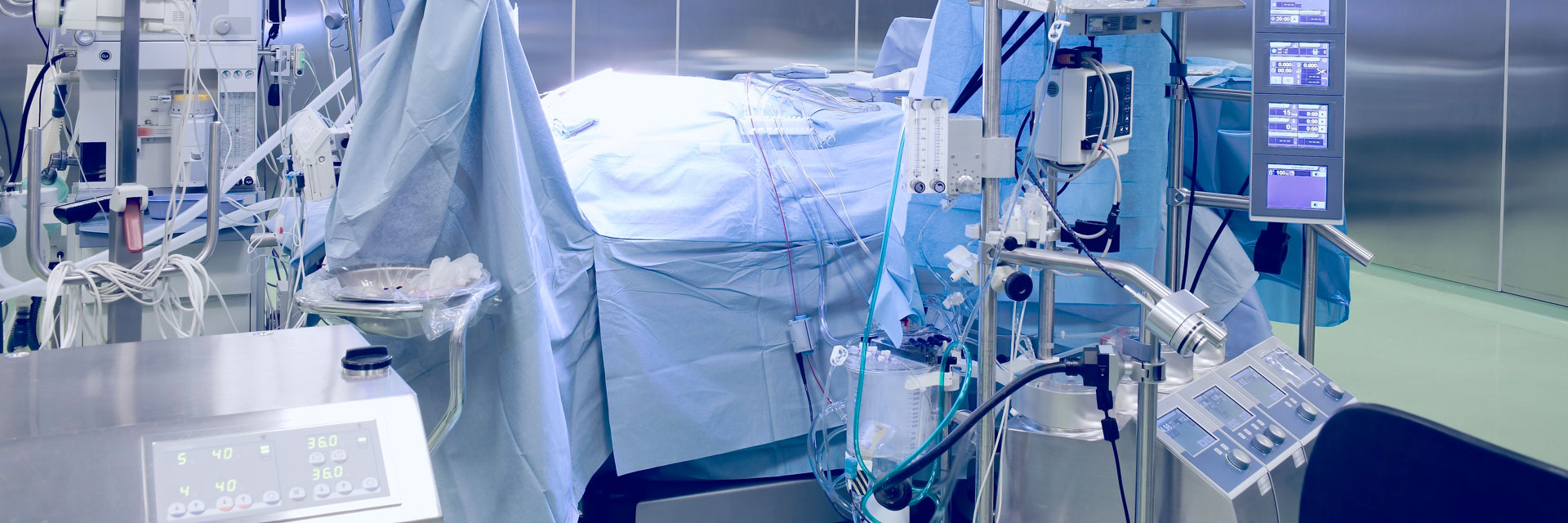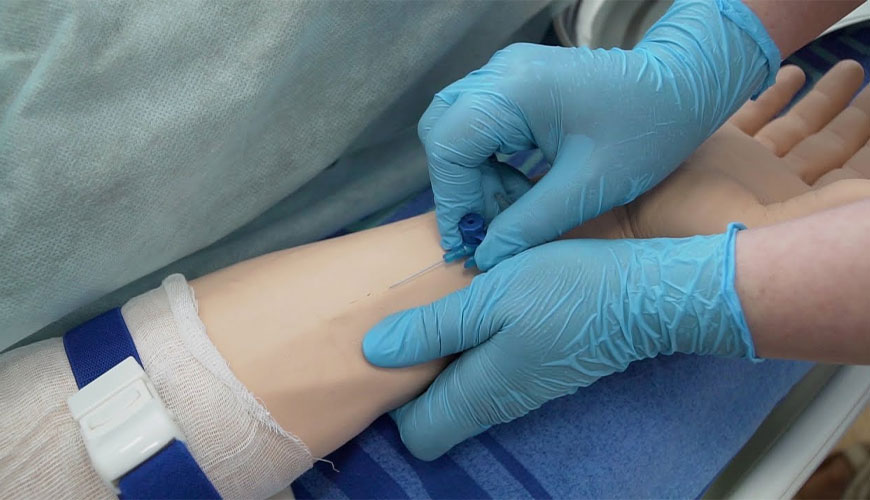

EUROLAB, with its state-of-the-art accredited laboratories and expert team, provides precise and fast testing services within the scope of ISO 10555-3 testing. ISO 10555-3 specifies requirements for central venous catheters provided in sterile condition and intended for single use.

They are single or multi-lumen intravascular catheters designed for the introduction or withdrawal of fluids into the central venous system, pressure or other measurements.
The catheter may have a fixation system that is part of the device.
Catheters are thin tubes, cannulas or tubing, mostly made of polyurethane plastic material. Types, lengths, diameters, tip shapes, number of channels or holes, softness or hardness vary according to their intended use. There are many types of catheters and there are differences in usage areas.
A central venous catheter is a cannula that we place in the main veins, which allows us to monitor vital functions such as blood pressure, as well as taking blood samples, administering serum or drugs, and providing some special treatment applications.
The most preferred major veins for insertion of a central venous catheter (or central catheter) are the major veins in the neck or below the collarbone and, if these are not suitable, the main veins in the groin. Especially some intensive care patients, hemodialysis patients and cancer patients, who are treated frequently and blood samples are taken, need this application.
Especially in intensive care patients, a central venous catheter is required for continuous follow-up of information about the work of the heart, central venous blood pressure, oxygen saturation or monitoring of pulmonary vessels.
In addition, some hematologic and nephrologic patients require a central venous catheter for plasmapheresis, apheresis, or hemodialysis treatments. A central venous catheter is also inserted for venous system interventions such as pacemaker, placement of the inferior vena cava (main vein from the bottom of the heart) filter, venous thrombolytic (clot-dissolving) therapy.
In addition, venous ports have allowed oncological treatments to be administered without the hassle of seeking intravenous access, especially for cancer chemotherapies, when it is difficult to use the arm veins in patients receiving treatment with drugs that must be administered intravenously.
EUROLAB assists manufacturers with ISO 10555-3 test compliance. Our test experts, with their professional working mission and principles, provide you, our manufacturers and suppliers, the best service and controlled testing process in our laboratories. Thanks to these services, businesses receive more effective, high-performance and quality testing services and provide safe, fast and uninterrupted service to their customers.
To get an appointment, to get more detailed information or to request an evaluation, you can ask us to fill in our form and reach you.